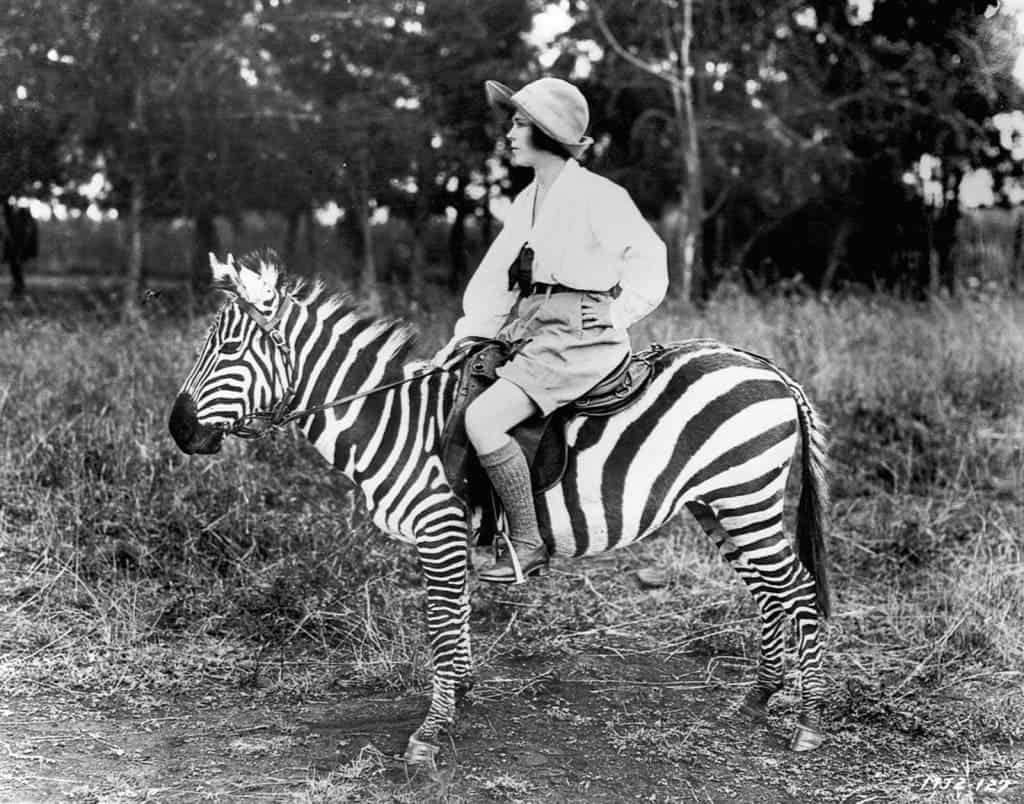
Zebras are more than just horses with stripes, which was something that European colonists would find out the hard way after countless failed attempts to domesticate them. While a few zebras were tamed here and there in the 18th and 19th centuries, as one can witness in historical photos showing zebras pulling carts or people riding them, it proved too much work and any subsequent effort to harness zebras for work alongside humans was abandoned.
Like horses and donkeys, zebras belong to the Equidae family (known as equids). The three species are so closely related that they can interbreed and form hybrids such as a zedonk (a cross between a male zebra and a female donkey), a zorse (the offspring of a male zebra and a female horse), and a zonie (hybrid between zebras and ponies). But unlike their cousins, zebras resisted submitting to humans. Why is that? After all, zebras are native to Africa, the cradle of humanity.
It may all have to do with natural selection. Zebras and horses diverged from a common ancestor around 4-4.7 million years ago, and each became adapted to their particular environments. Herds of wild horses in North America and Europe were initially kept as food animals, but later became accustomed to humans. After the advent of agriculture 12,000 years ago, horses proved their worth in transportation and warfare, which prompted humans to invest time and effort into domesticating them by selectively breeding the tamest individuals.
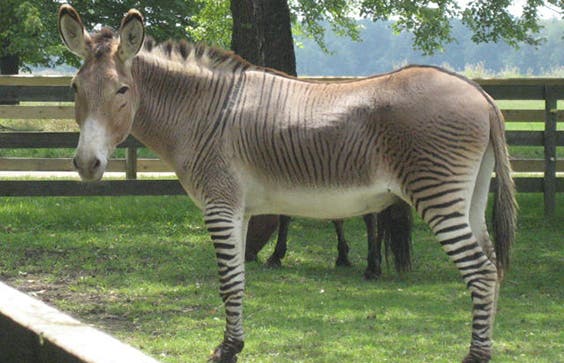
But unlike wild horses, zebras in the open African savanna had many more predators to worry about, including fierce lions, lightning-fast cheetahs, and cunning hyenas. As such, natural selection forged zebras into very reactive animals that are ready to leap at the slightest sign of danger. Zebras are particularly feisty and will greatly resist getting captured.
Despite their poney-like size, some zebras have managed to kill attacking lions with a single back kick. They’re not less menacing from the front either, as they’re known to pack a savage bite. Zebras also have a hardwired ducking reflex, which greatly hinders their capture by lasso or other methods. Finally, zebras have no family structure and no hierarchy, unlike wild horses that live in herds and have a structured order.
People quickly recognized these highly unfriendly qualities, but they nevertheless tried to break the zebra to harness. For instance, in the 19th century, George Grey imported zebras from South Africa to New Zealand, where he was newly appointed governor and was fond of having a carriage pulled by the wild African equids. Victorian-era zoologist Lord Walter Rothschild famously drove a carriage drawn by zebras to Buckingham Palace. Later, in the early 20th century, Rosendo Ribeiro, the first doctor in Nairobi, allegedly made house calls on zebraback.
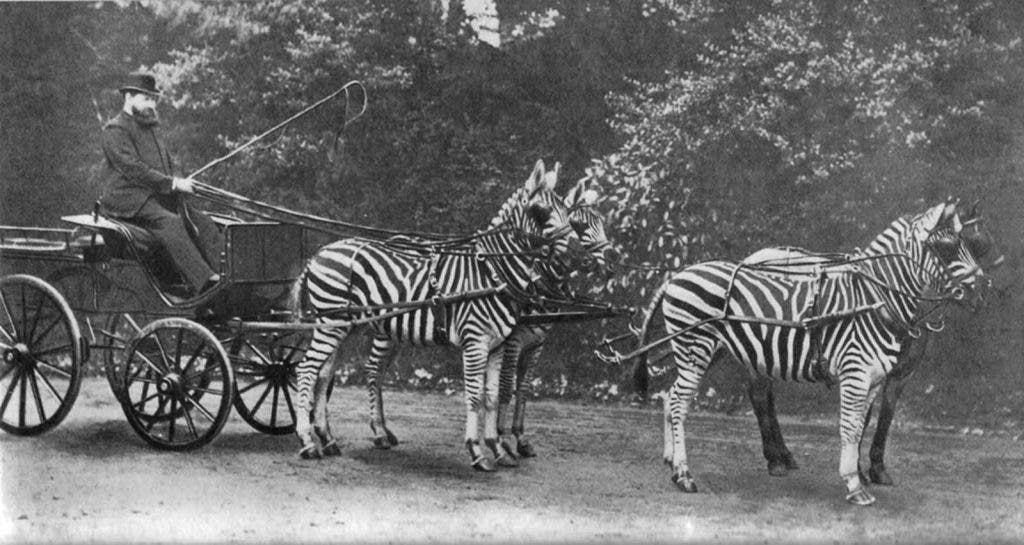
The German army in its German East Africa colony was particularly interested in domesticating zebras in lieu of horses. They even implemented a program to cross zebras with horses to create hybrids that were resistant to diseases that typically wiped out imported horses.
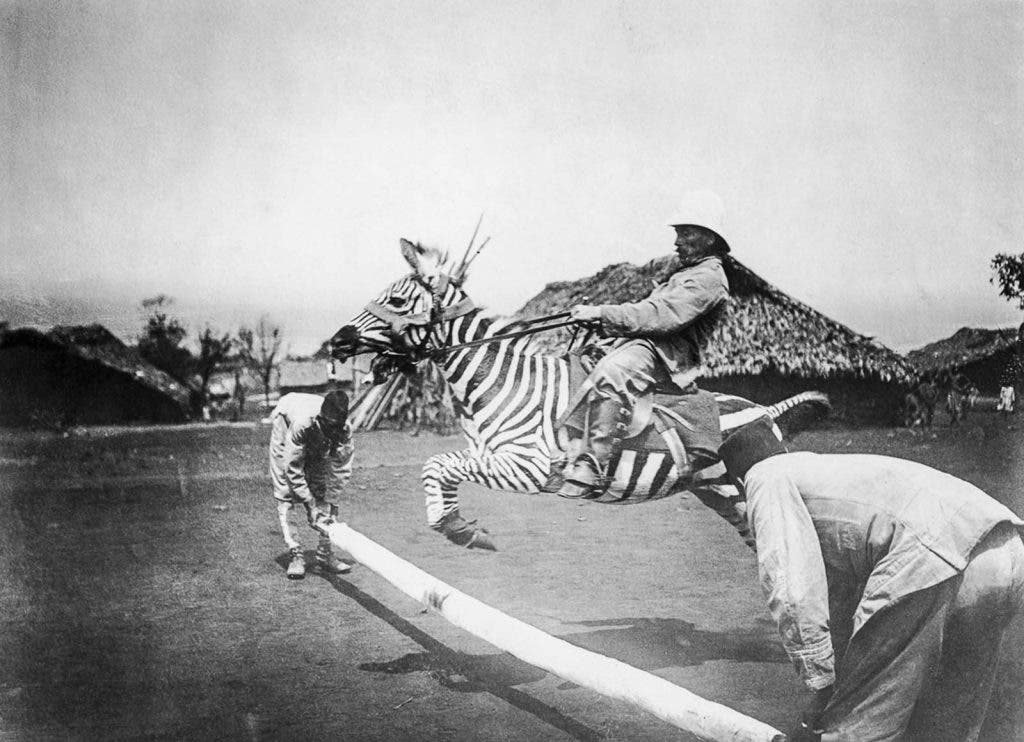
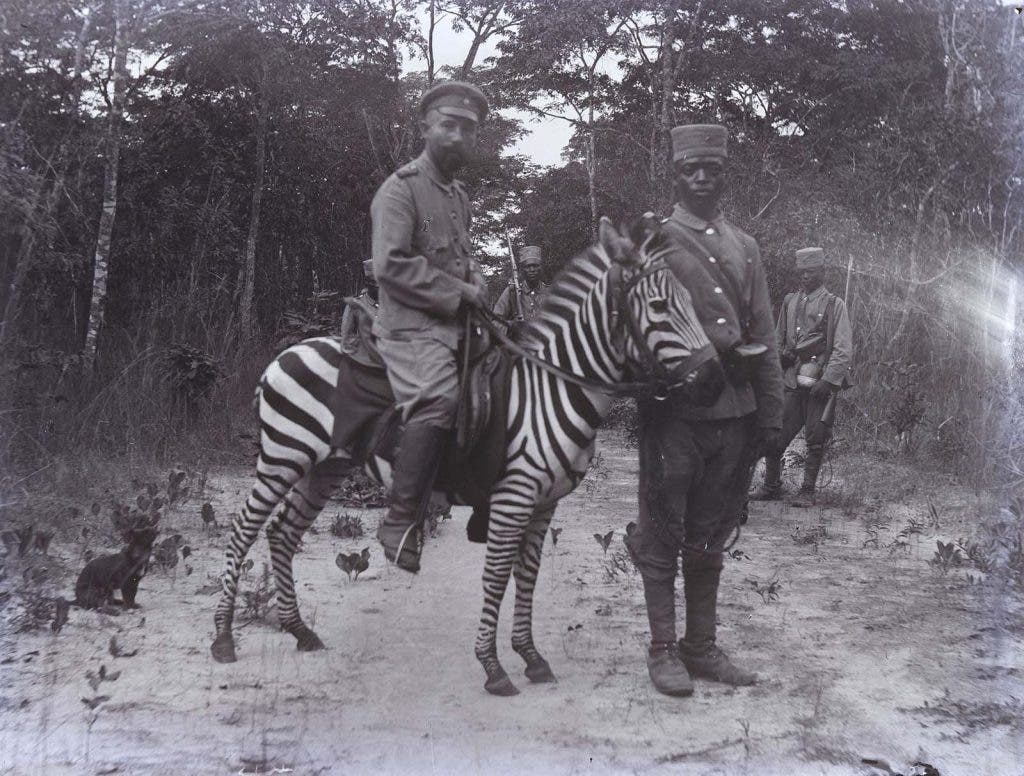
However, these were just a couple of instances of tamed individuals. Overall, zebras proved too stubborn to domesticate, despite the best efforts of European colonists in Africa who would have made good use of them. Even recent efforts have proven somewhat futile. In 2013, a teenager in Virginia, Shea Inman, trained a zebra to ride it. After many months of patience and reward-based training, she managed somewhat to ride the zebra, although Inman noted: “Some days it’s like he’s been riding for 30 years and other days he acts like he’s never seen a human being.”
So despite their horse-like appearance, zebras won’t submit easily to humans. They like to live life as nature intended: always on their own terms.
This article originally appeared in 2021.



